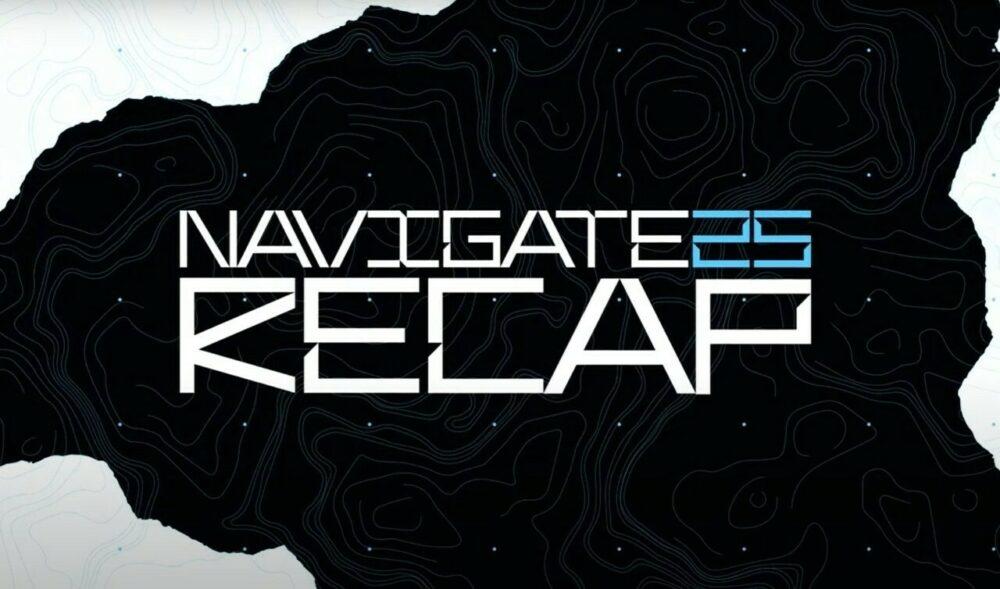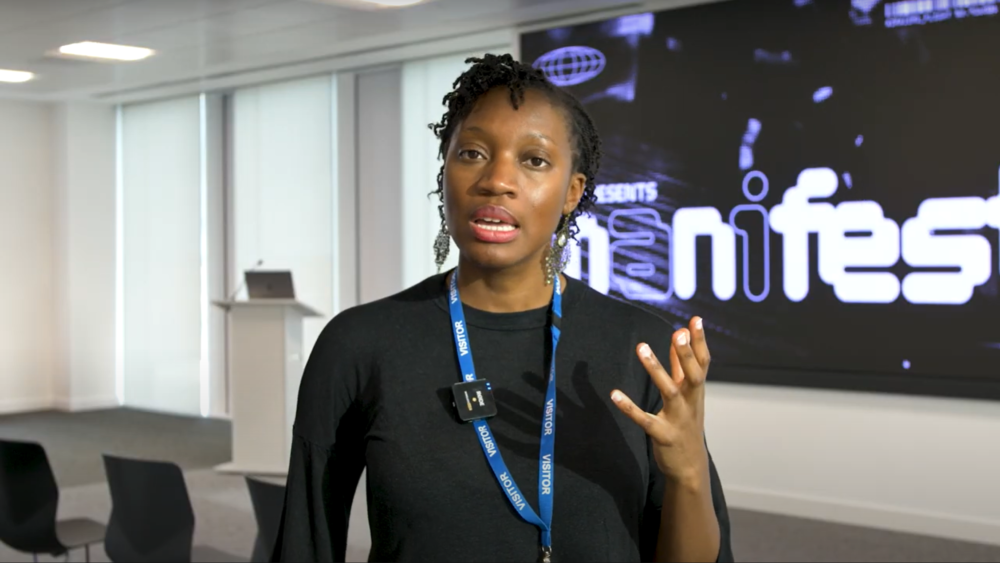Get your entire data picture and experience the benefits of data driven decision making
Get the entire data picture and experience the benefits of data driven decision making
15 / 09 / 2023
In this series, we sit down with Aiimi CEO Steve Salvin to talk about the three core beliefs that underpin everything we do, and how they help us transform our customers’ data into value.
What’s our first core belief?
Aiimi is grounded in three core beliefs that join all of us and our customers together. We believe that companies should accept nothing less than their entire data picture, because the value of information comes when it’s all joined together. To support this, our first core belief is that data and content should be treated the same and come together to form one interconnected enterprise.
What is data and what is content?
By data we mean transactional data in corporate systems, analytical data in data factories, data lakes and data warehouses, and lots of other data sources, such as telemetry, telematics, and geospatial data. By content we mean documents, spreadsheets, presentations that are stored in network drives, SharePoint, OneDrive, emails, and other unstructured data such as images, video, sound recordings, web content, and social media.
Why are leaders not yet achieving the interconnected enterprise?
Today, every organisation has masses of data and masses of content, each of which is stored on completely different platforms that are unaware of each other. Typically, they have different owners, different administrators, and different governance.
Why should data and content be treated the same, and come together to form one interconnected enterprise?
Organisations need to be able to ask questions and get answers. They also need to make informed decisions, taking into account all information that exists that could help them make the right decisions at the right time. It’s only by treating all data and content the same that you can get a complete, connected view of your data. And it’s only by having this complete picture that you get accurate, timely answers, and you get to experience the benefits of data driven decision making.
Why should organisations insist on the entire data picture… if they want to provide exceptional customer service?
If a customer is contacting you because they are considering a renewal, then shouldn’t you be aware of all the products and services they buy from you? What they said the last time they called? What about any complaints they’ve made, or comments they left in a survey? A combination of customer correspondence, customer call transcriptions, and data from CRM systems and surveys can all help to inform call centre agents of what the next best action is.
Why should organisations insist on the entire data picture… if they want to safely operate and predictively maintain assets?
If a field engineer is maintaining an asset, then shouldn’t they be aware of a near-miss that happened there last week? Or that some customers were impacted the last time this asset was touched? Or that another nearby asset is currently sending an alarm to the control centre? By training models with Operations & Maintenance Manuals, and data from historical maintenance jobs, data about the engineers doing the work, and telemetry data on how assets are performing, we can move away from planned maintenance to doing work as and when it is needed, make sure all our workers are safe, and experience the benefits of data driven decision making.
Why should organisations insist on the entire data picture… if they want to realise value from failures and lessons learned?
In life and in business things fail all the time. But it’s important that we learn why they failed, for example why did projects fail, or why did planned jobs not get fulfilled, or why did a sale not close. The flows of data and content that lead up to a failure can be used to train models, so they can learn when something is likely to fail or succeed. We can then use these models to look at the backlog of current projects, jobs, and sales to predict when something is likely to fail, and then recommend an intervention to make sure it succeeds.
What do you business leaders should do next?
They should start insisting on the entire data picture to experience the benefits of data driven decision making. Most of the answers to most of the questions that businesses face are already there within the information. We just need to join it all up and treat data and content the same. There’s never been a better time to revisit this challenge. New technologies, new techniques, and advances in AI make it easy to ingest masses of data and masses of content, and deliver answers to questions and insights that were previously impossible to find.
Discover how the benefits of data driven decision making can be achieved with a secure enterprise AI platform thanks to the Aiimi Insight engine.






